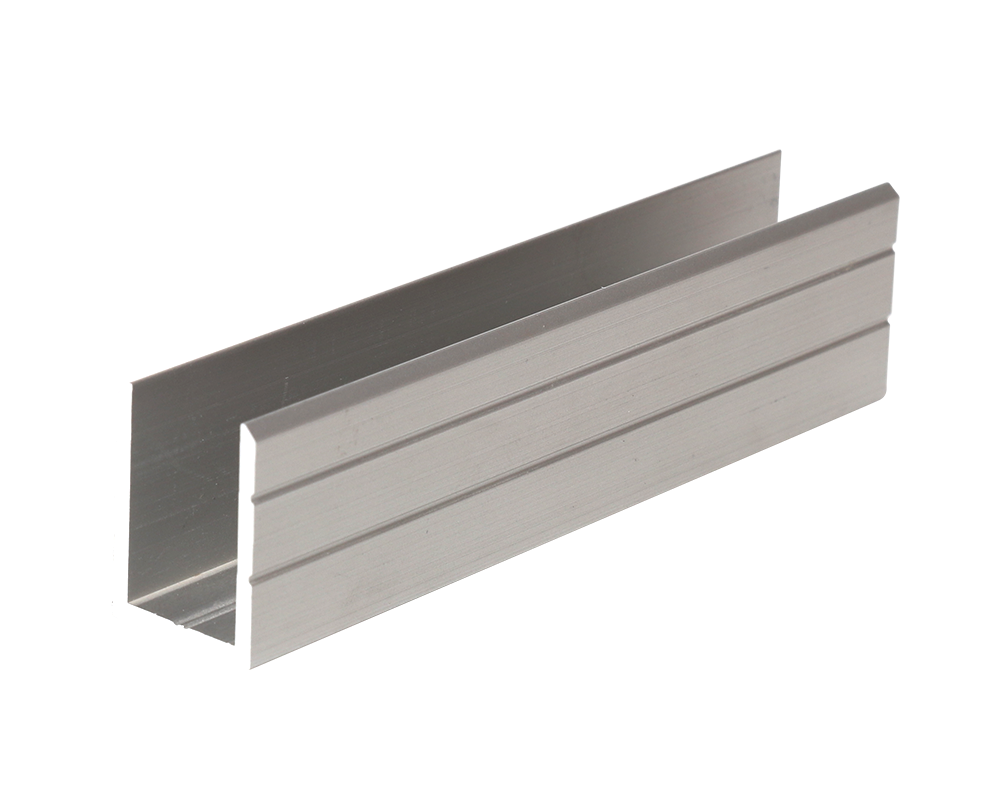2025-04-25 hits:0 source:News

When it comes to bending aluminum profiles, the bend radius is a critical parameter that significantly impacts the outcome of the process. The bend radius requirements are determined by multiple factors, with the material properties of the aluminum being at the forefront. Different aluminum alloys and tempers have varying degrees of formability. For instance, alloys from the 3xxx and 5xxx series are generally more malleable compared to the stronger 2xxx and 7xxx series.
The thickness of the aluminum profile also plays a pivotal role. Thicker profiles demand more force during bending and are less likely to be successfully bent with a small radius. As a general rule, the thinner the profile, the smaller the achievable bend radius. However, there is a limit to how thin a profile can be while still maintaining structural integrity during bending. Below a certain thickness threshold, the risk of cracking or other forms of material failure becomes unacceptably high.
The minimum bend radius is defined as the smallest radius at which an aluminum profile can be bent without experiencing cracking or excessive deformation. This value is not fixed and depends on the alloy, temper, and thickness of the material. For example, for a 6063 - T5 aluminum alloy, which is commonly used in architectural applications, the minimum bend radius might be different from that of a 6061 - T6 alloy. Industry standards and the guidelines provided by aluminum suppliers should be strictly adhered to. Using a bend radius smaller than the recommended value can lead to disastrous results, such as cracks that compromise the strength and aesthetics of the final product.
During the bending process, the die or tooling used is of utmost importance. The die should have a radius equal to or larger than the minimum bend radius required for the specific aluminum profile. If a die with a smaller radius is used, it will subject the aluminum to excessive stress, leading to material failure. Additionally, it's worth noting that when bending aluminum, the metal hardens due to the working effect. This hardening can further influence the bend radius requirements, and thus, appropriate adjustments may need to be made during the bending process to account for this change in material properties.
Read recommendations:
hammond diecast aluminum enclosure
lf you have any questions or comments, you can leave us a message and we will reply to you as soon as possible
